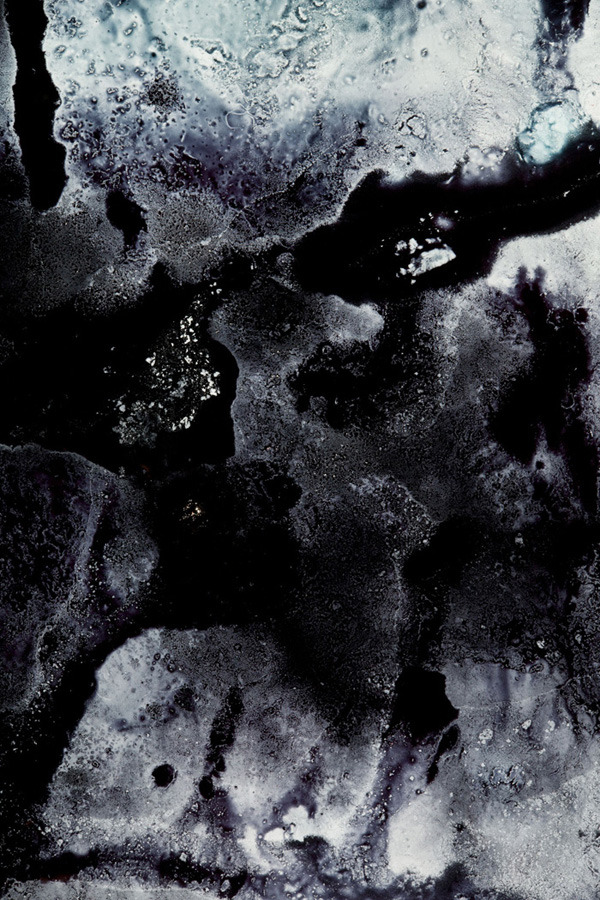Posts tagged chemistry
The Microlab is a do-it-yourself Controlled Lab Reactor (CLR). You don’t need a CLR to make chemical reactions happen, but it makes the process of synthesizing compounds from precursors much easier and more reliable.
The Microlab is designed to load a recipe for a chemical reaction, then automate the temperature control, reagent addition, and stirring that are needed. It is designed for small-molecule organic chemistry to make certain medicinal compounds in your own home or workshop.
The first product resembling baking powder was created by English chemist Alfred Bird in the late 1840s. Bird combined cream of tartar (an acidic powder composed of potassium bitartrate) and baking soda, keeping the two apart until they were to be used so they wouldn’t react too early. Unfortunately, cream of tartar was an expensive byproduct of winemaking that had to be imported from Europe, meaning that it was out of reach for many poorer Americans. In 1856, this need for a viable alternative drove a young chemist Eben Norton Horsford to create and patent the first modern baking powder. Horsford worked at a time when chemistry was only just beginning to be considered a respected field, and ended up creating the first modern chemistry lab in the United States at Harvard University. By boiling down animal bones to extract monocalcium phosphate, Horsford developed an acid compound that could react with baking soda to create those desirable CO2 bubbles. “It’s really the first chemical that opens the floodgates for chemicals in food,” Civitello says.
via http://www.smithsonianmag.com/science-nature/great-uprising-how-powder-revolutionized-baking–180963772/
An aroma extract dilution analysis applied on the volatile fraction isolated from Thai durian by solvent extraction and solvent-assisted flavor evaporation resulted in 44 odor-active compounds in the flavor dilution (FD) factor range of 1-16384, 41 of which could be identified and 24 that had not been reported in durian before. High FD factors were found for ethyl (2S)-2-methylbutanoate (fruity; FD 16384), ethyl cinnamate (honey; FD 4096), and 1-(ethylsulfanyl)ethanethiol (roasted onion; FD 1024), followed by 1-(ethyldisulfanyl)-1-(ethylsulfanyl)ethane (sulfury, onion), 2(5)-ethyl-4-hydroxy-5(2)-methylfuran-3(2H)-one (caramel), 3-hydroxy-4,5-dimethylfuran-2(5H)-one (soup seasoning), ethyl 2-methylpropanoate (fruity), ethyl butanoate (fruity), 3-methylbut-2-ene-1-thiol (skunky), ethane-1,1-dithiol (sulfury, durian), 1-(methylsulfanyl)ethanethiol (roasted onion), 1-(ethylsulfanyl)propane-1-thiol (roasted onion), and 4-hydroxy-2,5-dimethylfuran-3(2H)-one (caramel). Among the highly volatile compounds screened by static headspace gas chromatography-olfactometry, hydrogen sulfide (rotten egg), acetaldehyde (fresh, fruity), methanethiol (rotten, cabbage), ethanethiol (rotten, onion), and propane-1-thiol (rotten, durian) were found as additional potent odor-active compounds. Fourteen of the 41 characterized durian odorants showed an alkane-1,1-dithiol, 1-(alkylsulfanyl)alkane-1-thiol, or 1,1-bis(alkylsulfanyl)alkane structure derived from acetaldehyde, propanal, hydrogen sulfide, and alkane-1-thiols. Among these, 1-(propylsulfanyl)ethanethiol, 1-{[1-(methylsulfanyl)ethyl]sulfanyl}ethanethiol, and 1-{[1-(ethylsulfanyl)ethyl]sulfanyl}ethanethiol were reported for the first time in a natural product.
via http://www.ncbi.nlm.nih.gov/pubmed/23088286
aether - Nicholas Alan Cope & Dustin Edward Arnold
When it comes to the discussion of crystals, there’s a famous legend about glycerin. The story that’s frequently found in occult books goes like the following:
http://www.gamefaqs.com/boards/961351-nine-hours-nine-persons-nine-doors/57582553
The full gamut of photographic printing processes may be little-known to contemporary photographers, who have been educated largely within the mainstream of the silver-gelatine tradition. My intention here is to help restore some of the ‘lost’ options by providing you with a handy reference list of the better-known alternative processes and an outline of their characteristics and working methods, without any detailed formulae or procedures. This should enable you to decide if 'there might be anything in it for you’. If so, then the texts listed in my bibliography should provide you with an entry into the practice
http://www.mikeware.co.uk/mikeware/Conspectus.html

